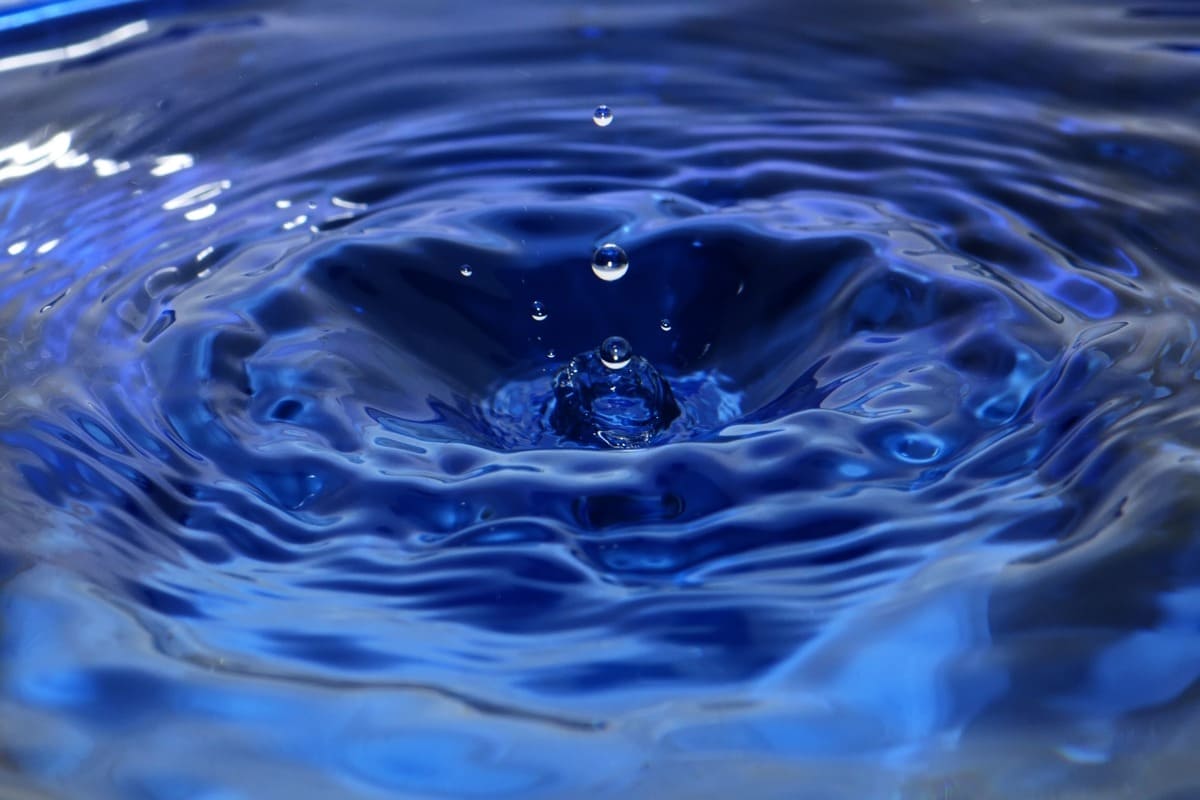
26 Jul Detecting Water Damage
Detecting water damage in your home early can prevent extensive repairs and costly restoration efforts. Here are steps to identify signs of water damage, both visible and hidden, in various parts of your home:
Visual Inspection
1 – Walls and Ceilings
– Stains and Discoloration: Look for yellow, brown, or dark spots on walls and ceilings, which can indicate water seepage.
– Bubbling or Peeling Paint: Water damage can cause paint to bubble, blister, or peel away from the surface.
– Cracks: Hairline cracks or large cracks, especially around windows and doors, can be signs of structural water damage.
2 – Floors
– Warped or Buckled Wood: Wooden floors may warp or buckle when exposed to moisture over time.
– Wet or Damp Carpet: Feel the carpet for dampness or a musty odor, indicating possible water damage below.
– Tile Issues: Loose tiles or grout can indicate water damage underneath.
3 – Windows and Doors
– Condensation: Persistent condensation on windows can be a sign of high humidity and potential water damage.
– Soft Wood: The wood around windows and doors should be firm; soft or spongy wood can indicate rot from water damage.
4 – Basement and Attic
– Basement: Check for signs of mold, mildew, dampness, or water stains on walls and floors.
– Attic: Look for water stains, mold growth, and wet insulation. Inspect the roof for missing or damaged shingles.
Smell and Sound
– Musty Odor: A musty or earthy smell often indicates mold or mildew, which usually accompanies water damage.
– Dripping or Running Water: Listen for the sound of dripping water, especially in basements, crawl spaces, or behind walls.
Touch and Feel
– Dampness: Feel walls, floors, and ceilings for damp or wet spots, even if they are not visibly discolored.
– Soft Spots: Press gently on walls, floors, and ceilings to check for soft or spongy areas.
Tools and Devices
1 – Moisture Meter
– Usage: A moisture meter can measure the moisture content in various materials like wood, drywall, and concrete.
– Function: Simply press the device against the surface to get a reading; high levels indicate water damage.
2 – Infrared Camera
– Usage: Infrared cameras detect temperature differences, which can reveal hidden moisture behind walls and ceilings.
– Function: Scan areas prone to water damage to spot cold spots indicating the presence of moisture.
3 – Humidity Gauge
– Usage: Measure the humidity levels in different parts of your home.
– Function: High humidity can indicate potential water problems, especially in basements and crawl spaces.
Professional Inspection
– Home Inspectors: Hire a professional home inspector to perform a thorough examination, especially if you suspect significant water damage.
– Plumbers: A licensed plumber can inspect for leaks in plumbing systems and appliances.
Common Areas to Check
1 – Kitchens and Bathrooms
– Under Sinks: Check for leaks and dampness under sinks and around plumbing fixtures.
– Around Toilets and Tubs: Look for water stains or soft spots around the base of toilets and bathtubs.
2 – Laundry Room
– Around Washer and Dryer: Inspect the area around your washing machine for leaks, dampness, and water stains.
– Water Heater: Check around the water heater for any signs of leaks or water damage.
3 – Exterior of the Home
– Roof: Inspect the roof for missing or damaged shingles, and check the gutters for proper drainage.
– Foundation: Look for cracks, pooling water, or areas where the ground slopes toward the foundation.
Preventive Measures
– Regular Inspections: Conduct regular inspections of your home, focusing on areas prone to water damage.
– Maintain Gutters and Downspouts: Ensure gutters and downspouts are clean and direct water away from your home.
– Fix Leaks Promptly: Address any leaks or plumbing issues immediately to prevent further damage.
– Install Water Alarms: Place water alarms in areas prone to leaks, such as basements and under sinks, to get early warnings.
By following these steps, you can detect water damage early, minimize its impact, and take appropriate actions to protect your home.



